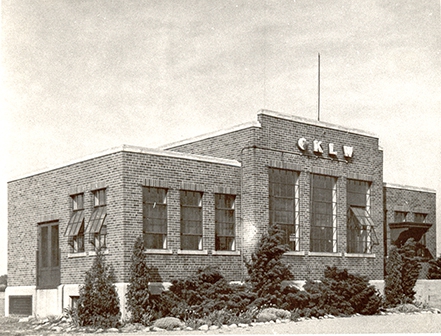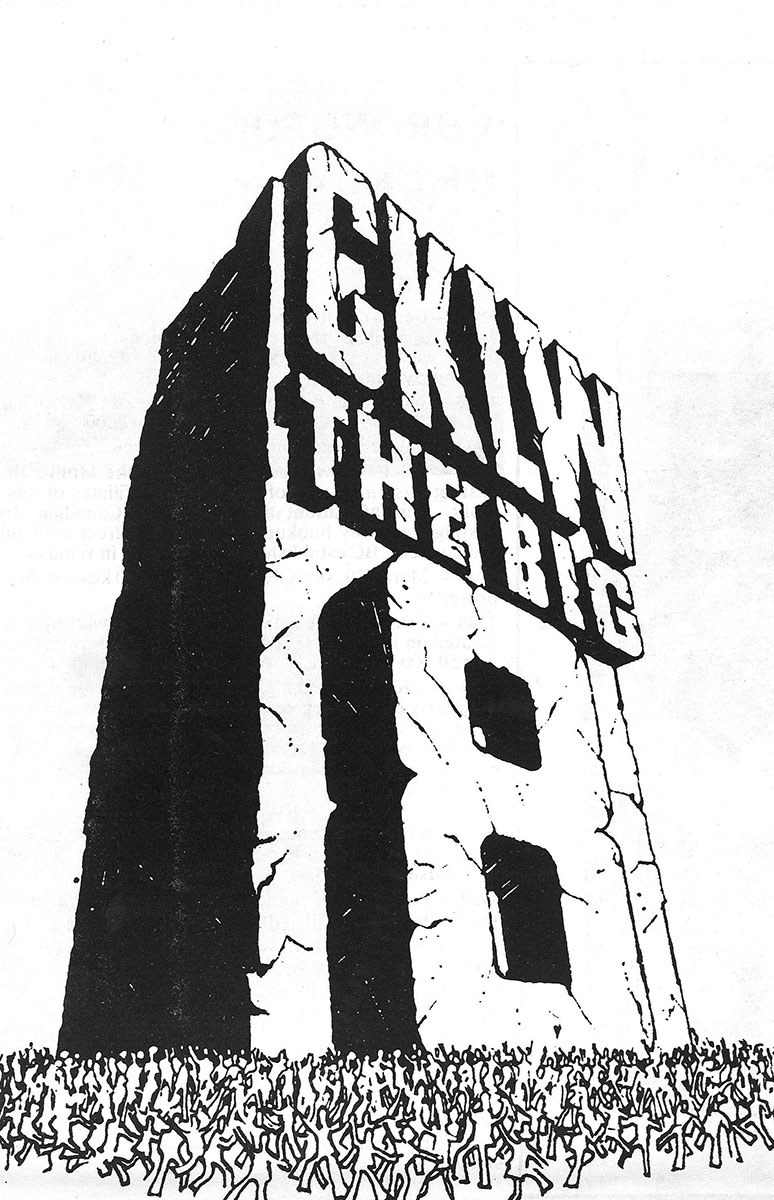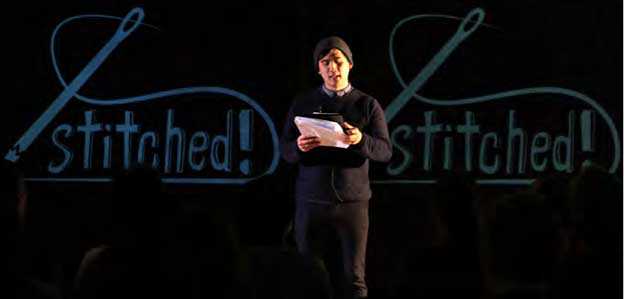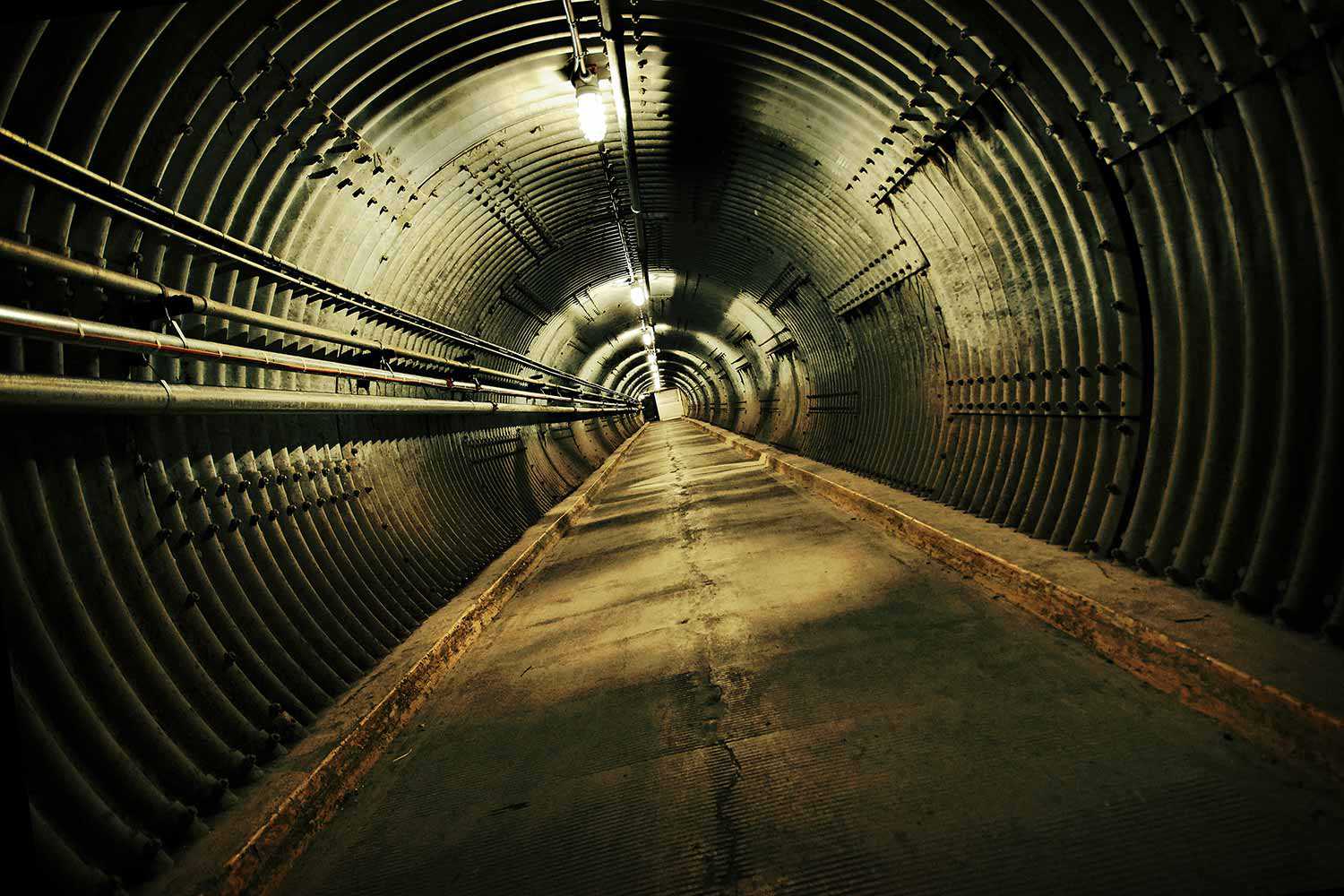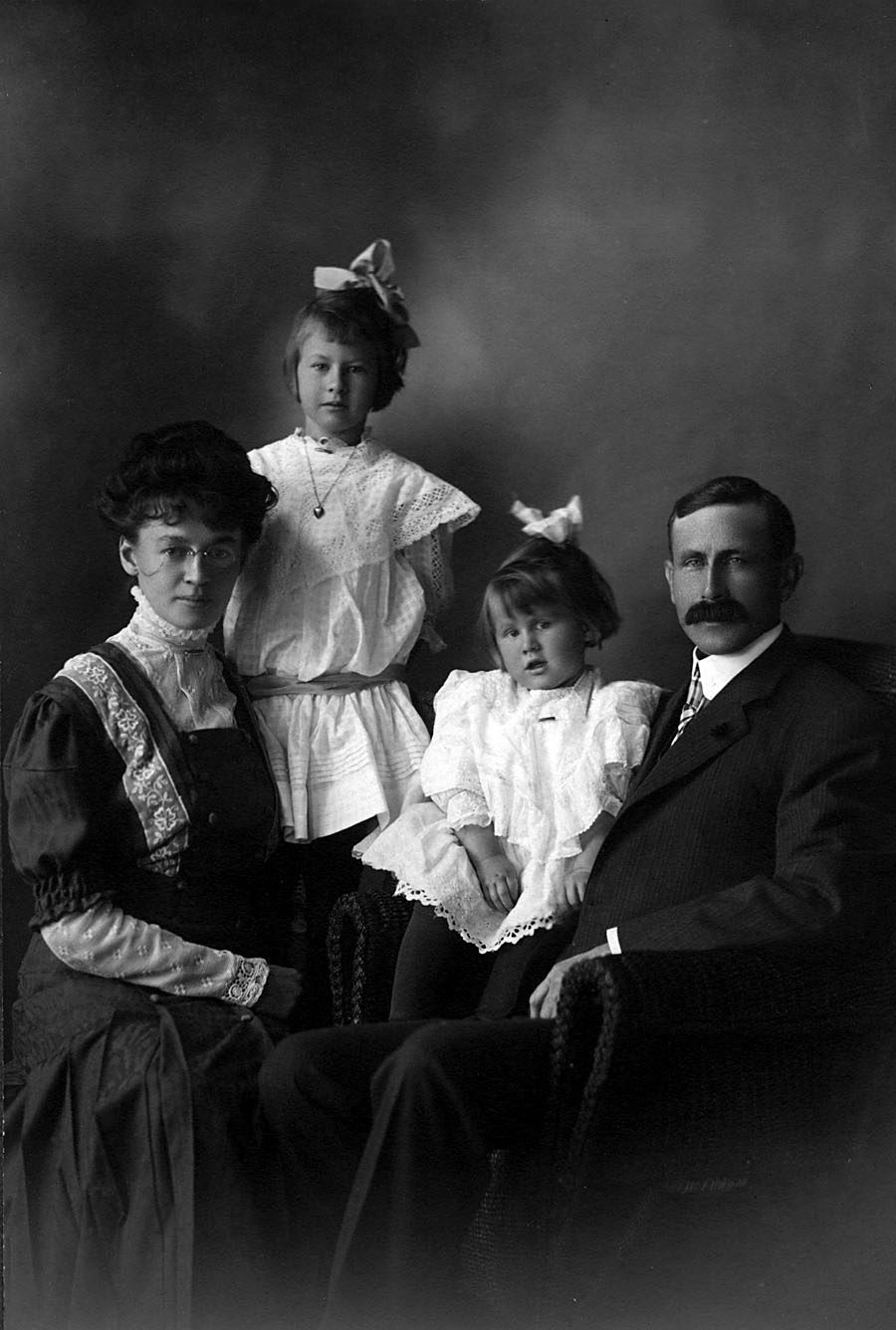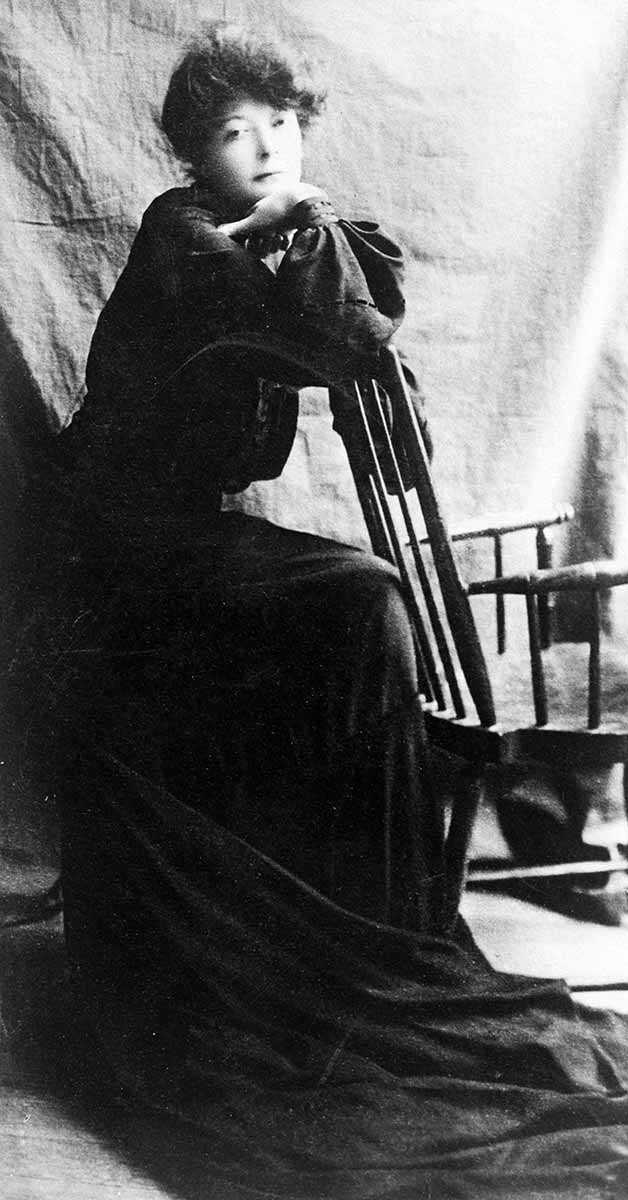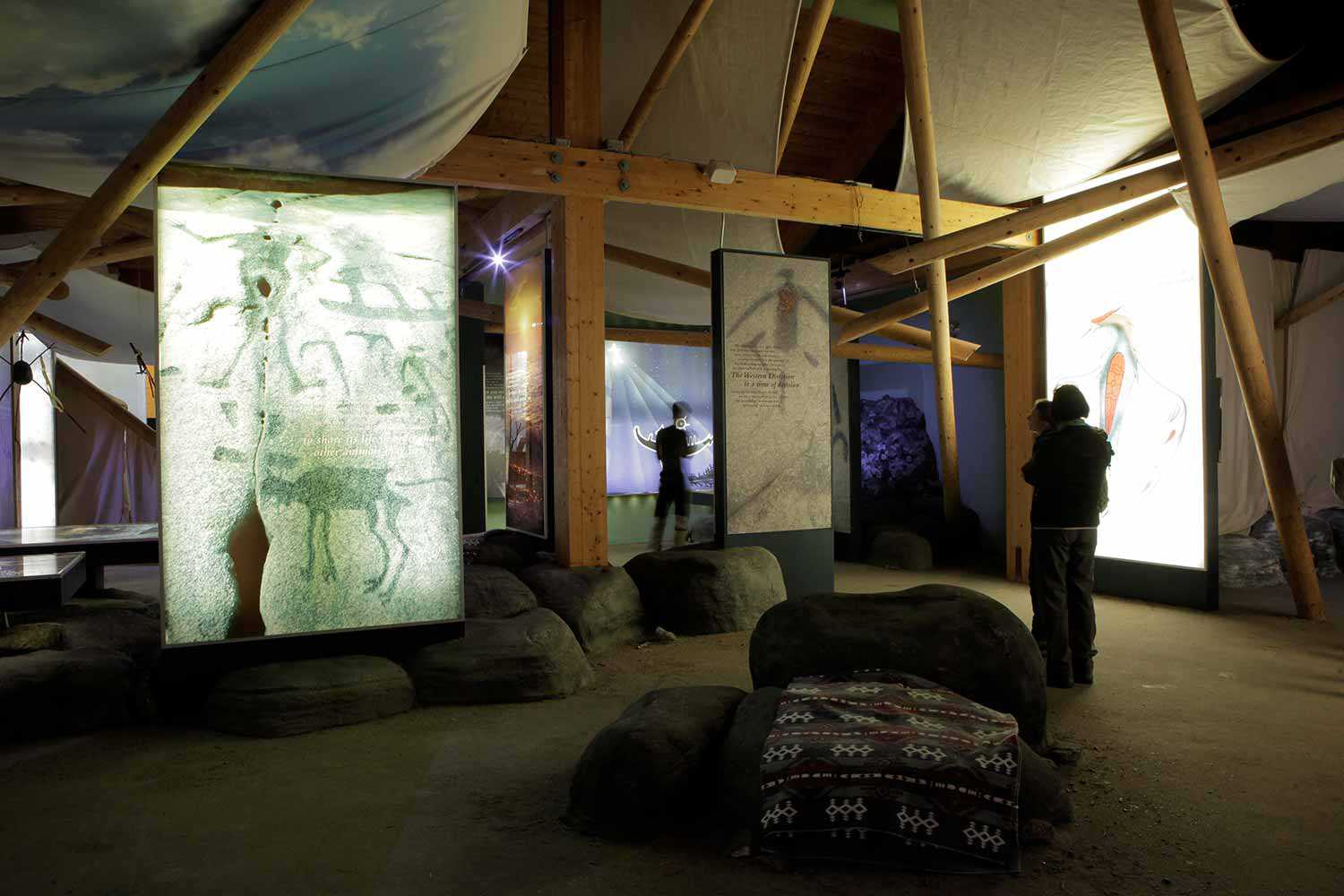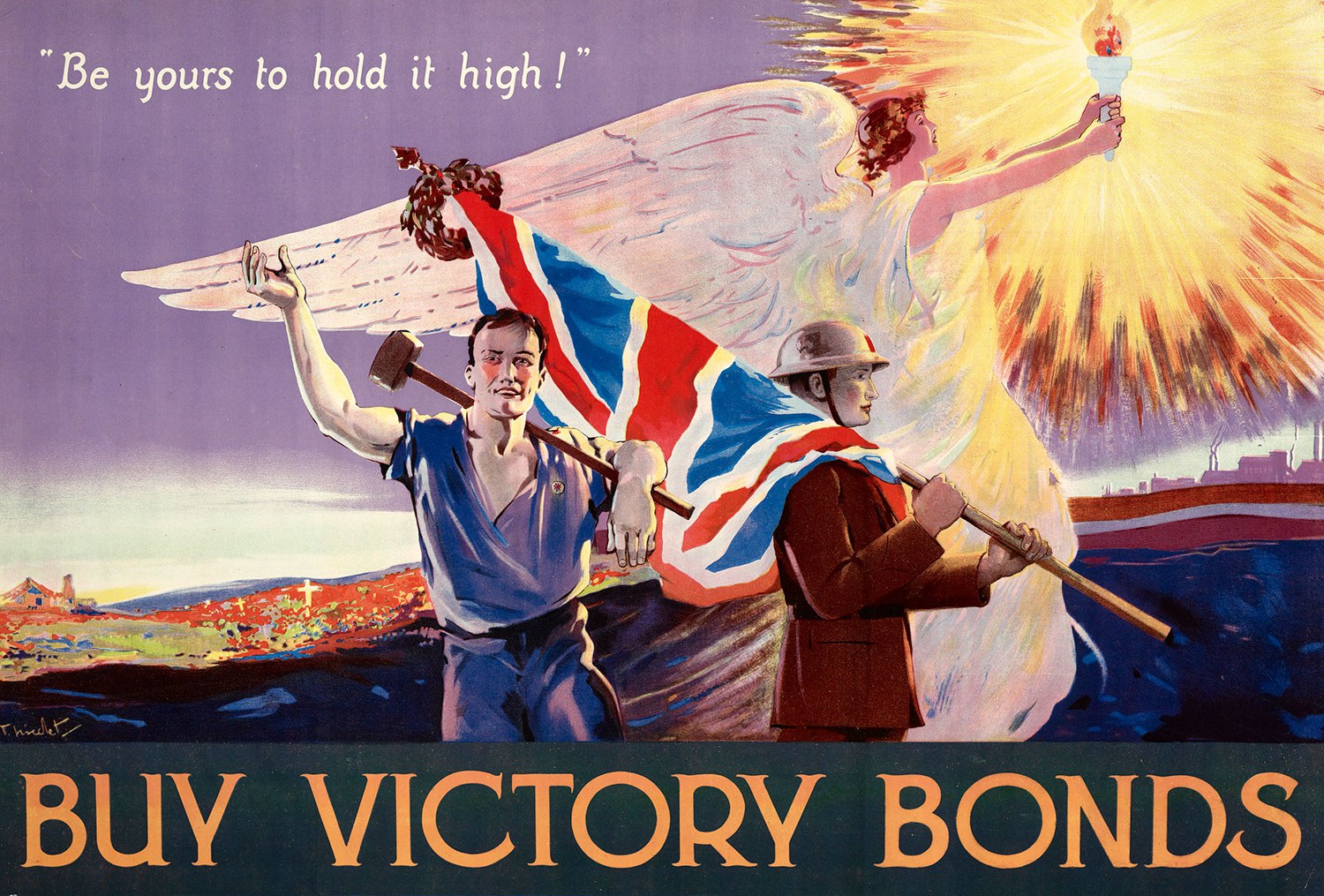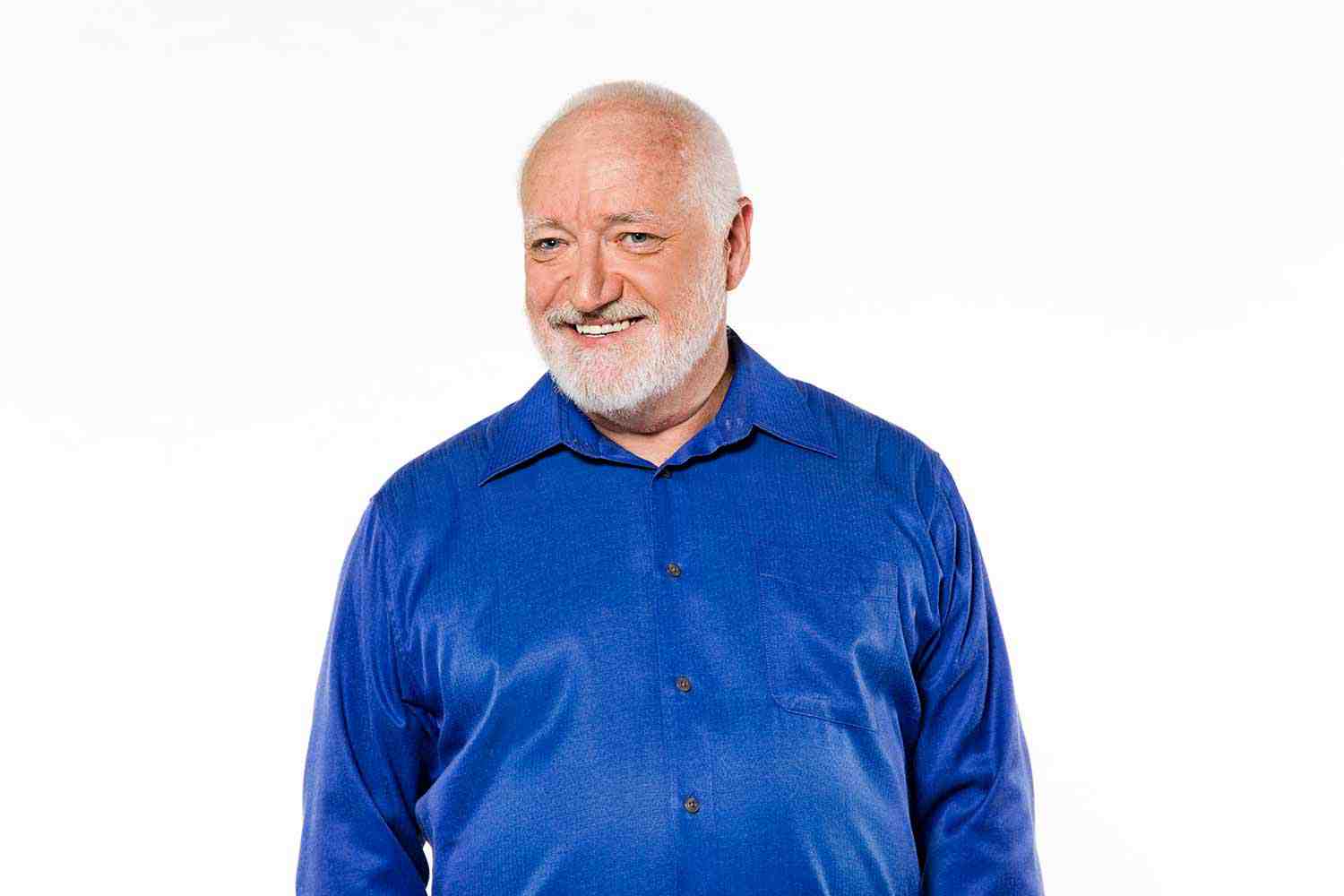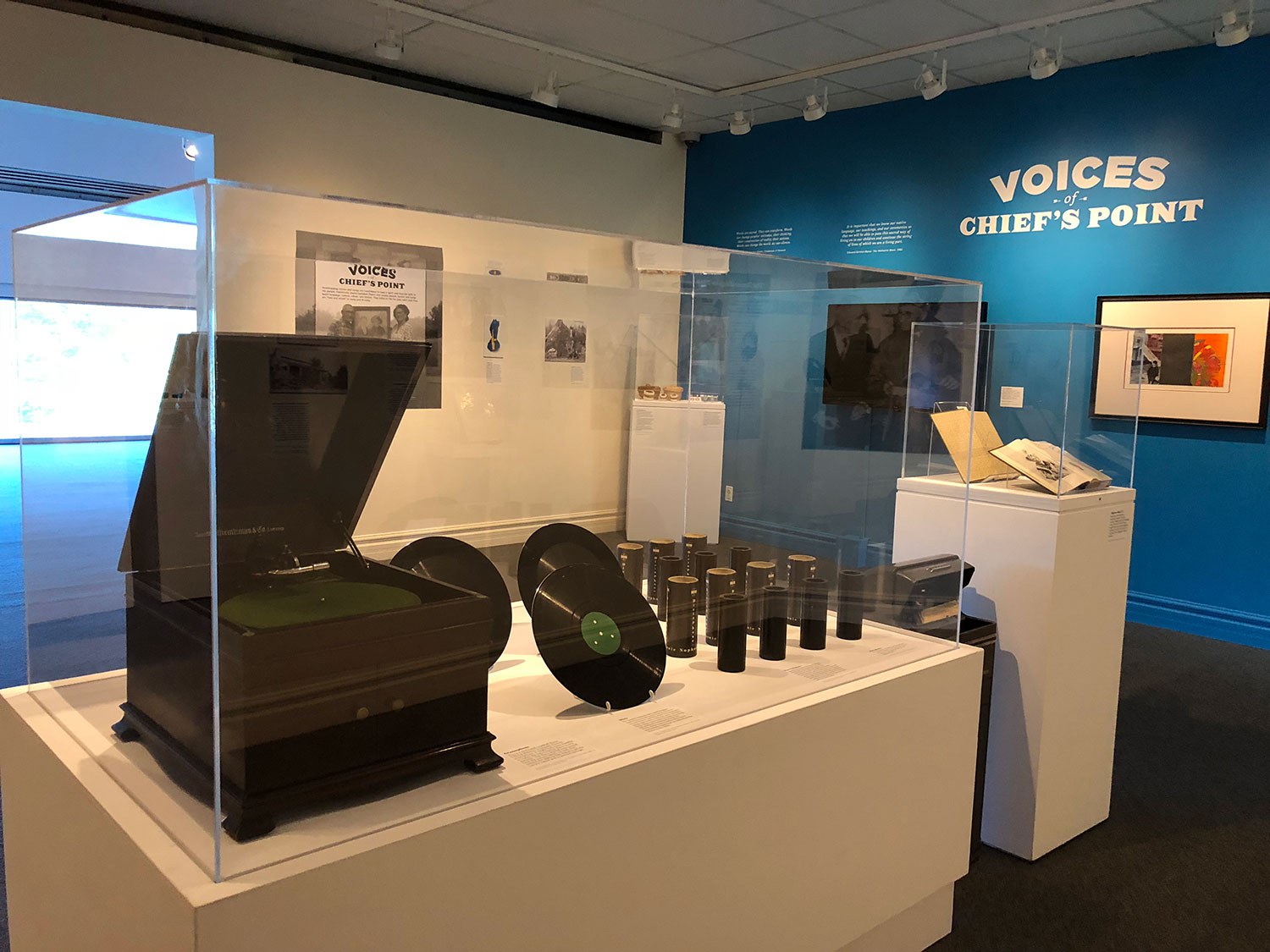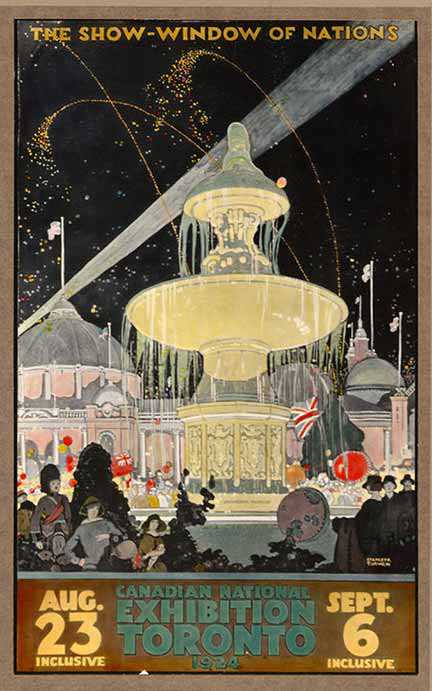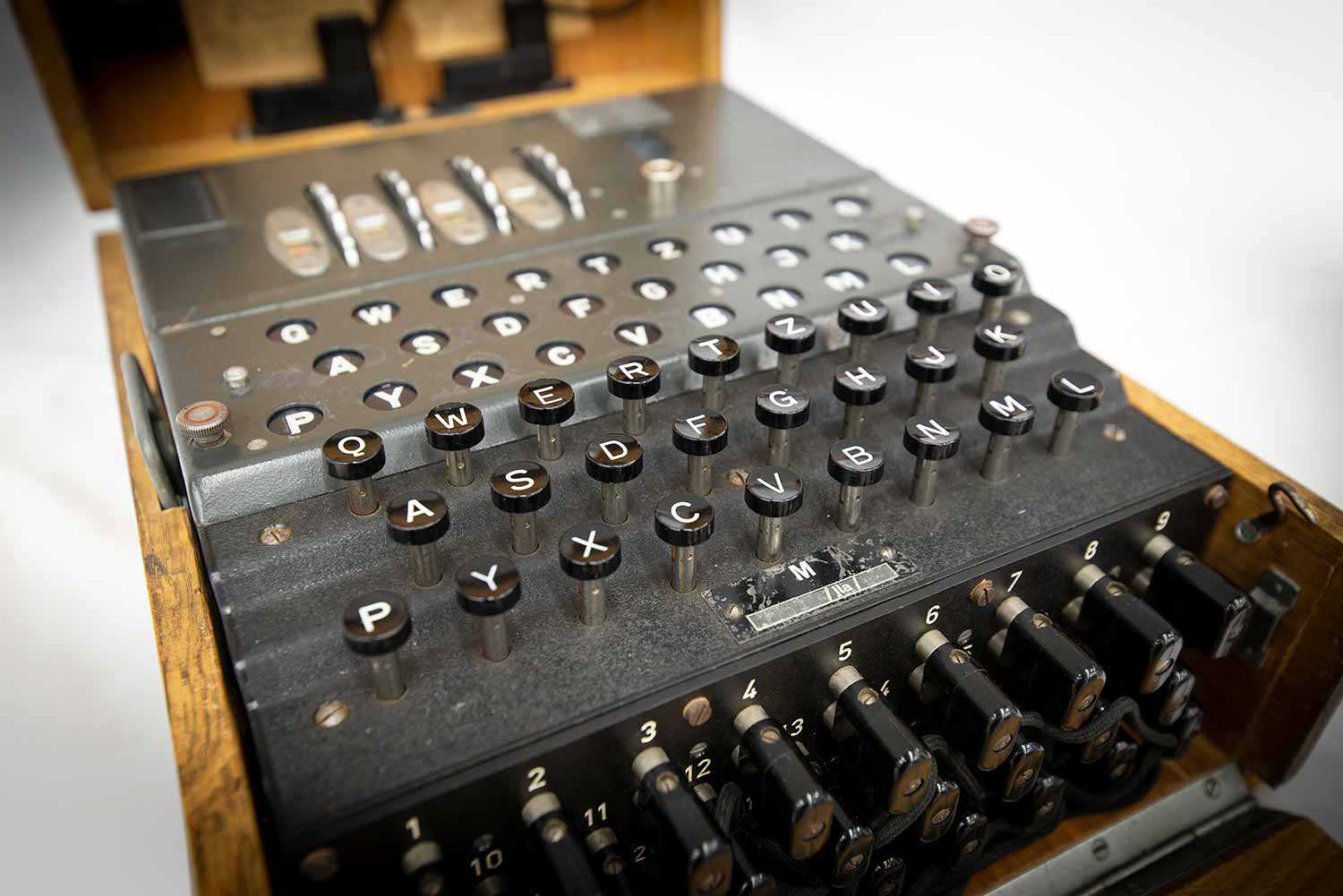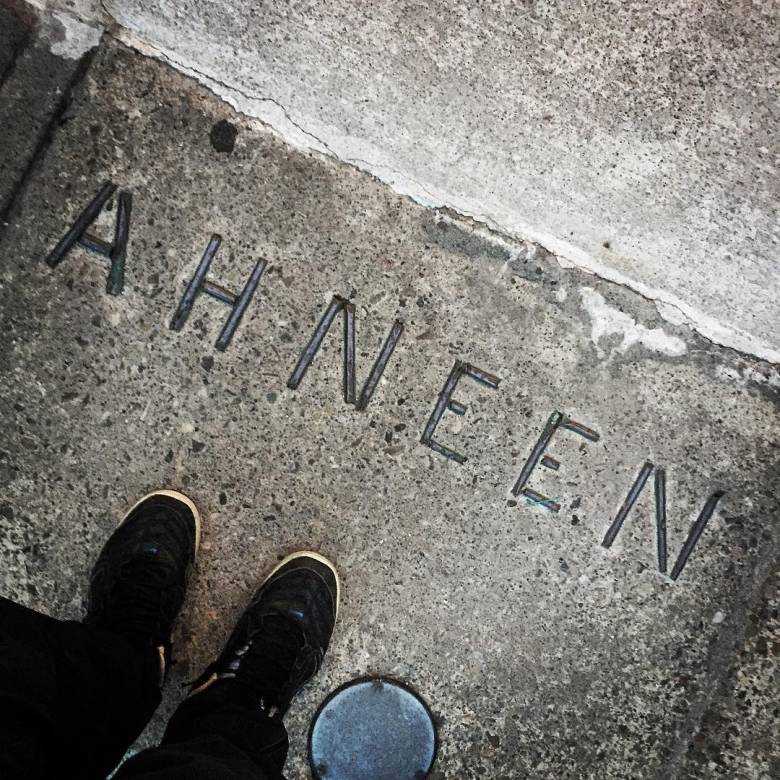

Browse by category
- Adaptive reuse
- Archaeology
- Arts and creativity
- Black heritage
- Buildings and architecture
- Communication
- Community
- Cultural landscapes
- Cultural objects
- Design
- Economics of heritage
- Environment
- Expanding the narrative
- Food
- Francophone heritage
- Indigenous heritage
- Intangible heritage
- Medical heritage
- Military heritage
- MyOntario
- Natural heritage
- Sport heritage
- Tools for conservation
- Women's heritage
CKLW – The Big 8: Canada’s #1 American radio station
Detroit’s most dominant radio station in the late 1960s was CKLW – The Big 8. It was the hum of a region. Walking down Woodward Avenue, you would hear it blasting from just about every direction – from passing cars, businesses and the open windows of homes. CKLW was the aural wallpaper of a region and the soundtrack of a generation. But Detroit’s #1 station was, in fact, not from Detroit. Its 50,000 watts of AM power, which blanketed southern Ontario and more than a dozen states, was instead situated on the south shore of the Detroit River in Windsor, Ontario.
Excitement and speed permeated The Big 8 to its very core. Its bold, new style revolutionized not only how radio and media would be delivered, but also how it would be consumed. Its format relentlessly pumped out the hits in assembly-line fashion. Its newscasters made the news as exciting as the music, and the “audio wizardry” of its engineer, Ed Buterbaugh, pushed the capabilities of the AM frequency, sonically separating the station from all others on the dial. CKLW resonated with the rising power of a youthful, new generation that demanded to be listened to just as much as the station did itself. Music was the backbone of CKLW. This was “hit radio,” and key to its reign supreme in the trend-setting Detroit radio market was its ability to integrate Black R&B seamlessly with white rock ‘n’ roll in a way that most American stations would not touch. Leading the mining expedition for hit songs was radio pioneer and music director, Rosalie Trombley, known as the “girl with the golden ear.” Trombley was “the single most powerful female in the pop music business” because she made careers. Through a combination of great instincts and a vast network for precise data collection on the music-buying and -listening habits of the region, when she added a song to the weekly CKLW Big 30 playlist, stations from across North America took note. Her golden touch would impact careers as diverse as Elton John, Diana Ross and the Supremes, Bob Seger, Stevie Wonder, Alice Cooper and KISS.
The Big 8 established Windsor as a “gateway radio market” for breaking Canadian recording artists into the United States. With limited market possibilities nationally, Canadian recording artists were always tempted by the lucrative American audience. Few acts felt the station’s impact greater than The Guess Who. While already enjoying national success, once CKLW picked up on These Eyes in 1969, the band’s career was forever changed. Overnight, they were signed to an American record deal with RCA Victor and within the year had a #1 hit on the Billboard charts with the single American Woman. CKLW got behind numerous Canadian acts, giving their careers a significant boost in the process. Steppenwolf, The Stampeders, Bachman Turner Overdrive, Burton Cummings, The Bells, Five Man Electrical Band, The Poppy Family and numerous others. As Gordon Lightfoot said, because of Windsor radio, Detroit was “the first major American city where you could find yourself.”
But the station’s ability to compete within the Detroit radio market was significantly compromised in 1970 with the newly mandated Canadian content (Cancon) regulations. Black R&B music largely became a casualty to make room for the required Cancon. On a positive side, these changes created a national recording industry overnight and launched a “great scramble” to fill the space newly created for Canadian artists. Yet, the industry was still very much in its infancy and incapable of replacing the hits that CKLW relied on for its market dominance. Still, even with these constraints, CKLW continued to hold the #1 spot well into 1973. But, combined with an increasingly fragmented radio listening audience as a result of the rise of FM radio throughout the 1970s, CKLW’s ratings would continue to decline. In 1984, the Canadian Radio and Television Commission (CRTC) declined the station’s application to relaunch as an FM hit radio station, and this would spell the end. Shortly after, CKLW raised the white flag, laid off its entire staff and changed formats.
Yet the story of The Big 8 is one of the most exciting and unique radio stories of the 20th century. It happened in a small border city that’s typically seen as living in Detroit’s shadow rather than being a major cultural mover and shaker itself. But, for a time, it hosted one of the most listened to and influential radio stations in North America.

